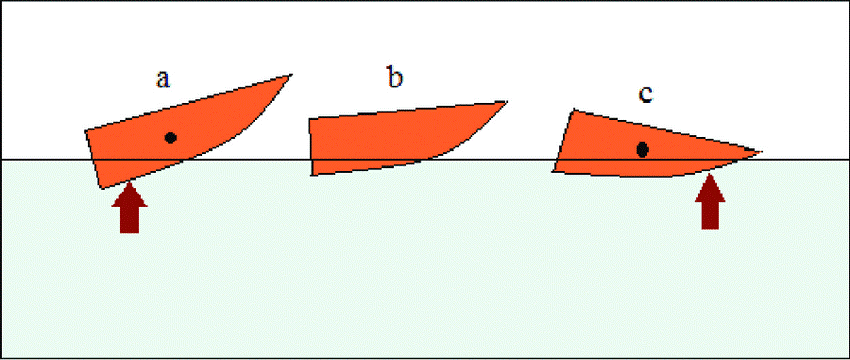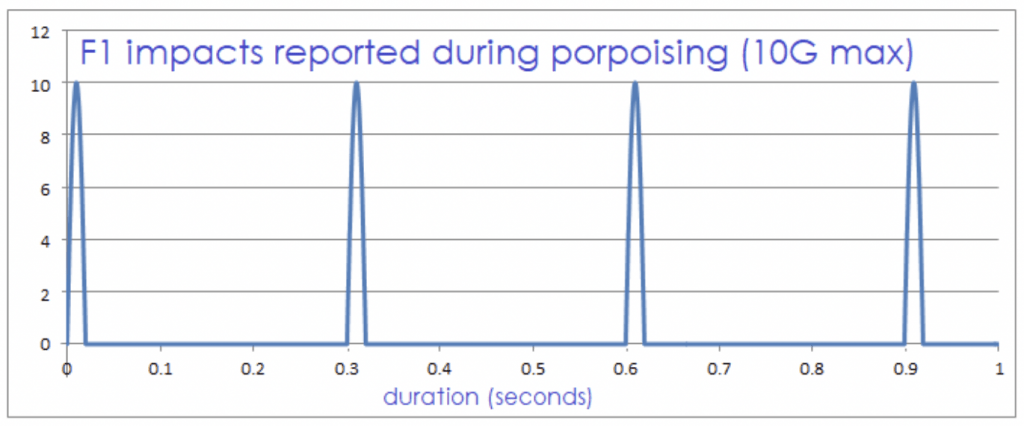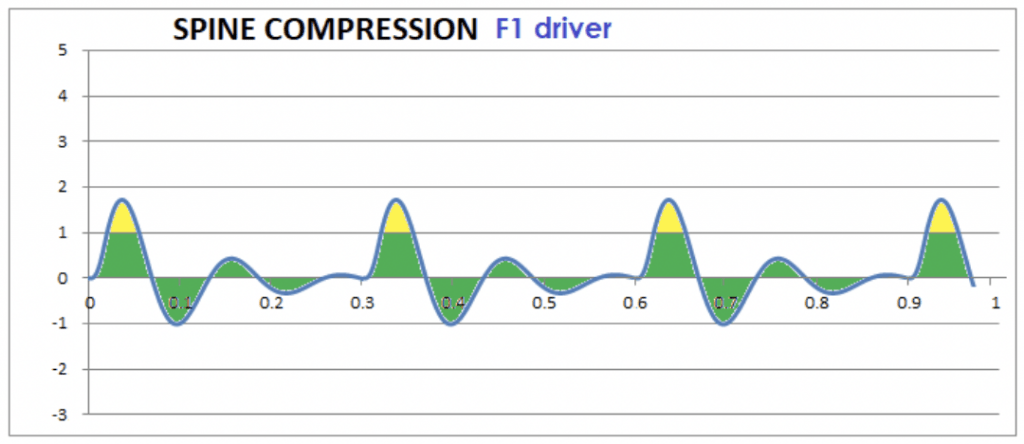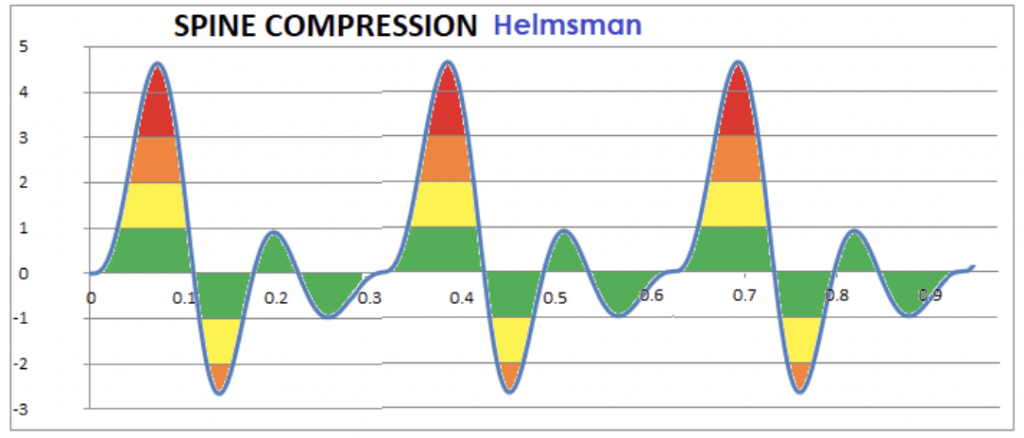If you have been watching the sporting news recently you may have noticed Formula 1 drivers complaining due to a phenomenon called porpoising.
So what is porpoising?
This is a nautical terms that comes from the sight of a porpoise (or boat) cyclically rising out of the water and plunging back in again. This is mimicked in these new F1 cars when at high speeds both the car and driver bounce up and down over and over.
To create large amounts of grip in an F1 car, a lot of down force is needed. However when aerodynamics and suspension don’t work harmoniously, one of the outcomes is porpoising. Lewis Hamilton has complained about impacts of up to 10G shooting up his spine and has even said, “This is the worst characteristic I have experienced in a car”.
What does this have to do with us?
Let’s compare this phenomenon to boats with crew being slammed when rising over waves and see who is worse off .. the boaties or the complaining F1 drivers.
Above you can see that both the car and boat share 10G impacts. However the key difference is the duration of the forces.
Even when both experiencing 10G impacts, the boat impacts last 5 times as long as the F1 car, meaning there is more damaging energy being experienced by the boat and crew.
Experts who have studied impacts in all kinds of situations (from parachute landings to ejector seat thrust) have developed algorithms to predict how much spinal compression results from such impacts (ISO 18431). Applying those algorithms to the car and boat impacts, here are the effects on the spine of the driver and the boatie:
As shown in the graphs above, the 10G boat impacts produce THREE TIMES as much spinal compression according to the algorithm. It is no wonder then that suspension seats are a requirement on commercial and tour boats in many parts of the world and are increasingly being fitted to many privately owned boats to protect the backs of their owners and enable them to enjoy boating for longer.
This issue has been overlooked by many for a long time now. The exposure that F1 brings to this issue, with even fit young drivers feeling the pain, this should give boat operators pause for thought. Serious injury eventually occurs when passengers and crew are left unprotected from these forces which are even more harmful on boats than on these new F1 cars.
Stay tuned as next post we will be looking at the difference between a boat crew with and without a suspension seat. The results may surprise you.





